Bohol is the kind of place that leaves an impression even without scratching its surface. But when one is given a chance to know Bohol as a Boholano does, the languid province’s offbeat offerings make for an exciting intersection of cosmopolitan and countryside growth. And it all starts from its upcoming centerpiece: the Bohol Airport.
Everyone is aware of the weight of expectation that has surrounded the new airport since its inception. But the burden weighs more heavily on the shoulders of Department of Transportation (DOTR) project director Edgardo Mangalili.
“We’re experiencing air traffic in Manila,” he says. “If you’ll open this airport for international operations then you don’t need to go to Manila anymore. You can open a number of slots here direct to regional destinations. Here, we have [the capability to accommodate] seven aircrafts at a time, [capable] of 10 landings and takeoffs in one hour.”
Tourism makes up 90 percent of Bohol’s industry and based on trends, figures are expected to take off in 2018. Statistics from the Bohol Tourism Office indicated a growth rate of 66 percent in 2016, or 1,000,186 tourist arrivals versus the previous year’s 602,257.
While the idea of an international airport was conceived in the ’90s after land acquisition activities were conducted, it wasn’t until 2007 that a memorandum of agreement between the Department of Transportation and Communications (now called DOTR) and the Manila International Airport Authority was signed to jointly finance and build the airport. But in 2013, after several feasibility studies to address runway issues, the Japan International Cooperation Agency signed an official development assistance agreement with the Philippines to construct an eco-friendly airport amounting to ¥10.73 billion.
The project was started in June 2015 and was divided into two phases. “Phase one involves a 2,500-meter runway and a passenger terminal building,” says Mangalili. When traffic reaches 1.75 million passengers a year, the building and runway will be expanded. But due to the year-on-year growth rate inching closer to the 1.75 million target per annum and the 2030 forecast pegged at 1.96 million, the airport has officially begun its Phase 2 expansion on top of the proposed investments stakeholders are requesting: extending the runway to 2,800 meters to allow direct flights to the US and Europe, adding a parallel taxiway to possibly increase takeoffs and landings to 16 every hour, and putting up a cargo terminal and fuel depot.
“If we are going to study Boracay, there’s a huge increase in passengers. Boracay can only offer beaches and it’s being served by two airports,” says Mangalili, who himself oversaw the Bacolod-Silay and Laguindingan Airports. “Kalibo Airport alone has three million passengers. Bohol can offer much more.”
Open season
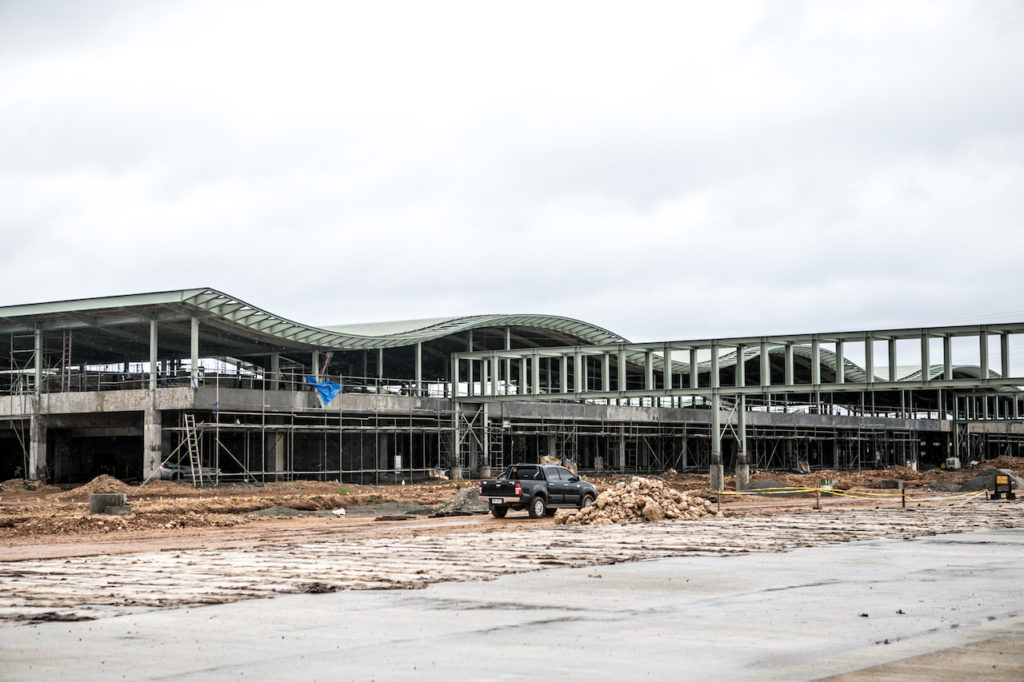
Tourism makes up 90 percent of Bohol’s industry and based on trends, figures are expected to take off in 2018. Statistics from the Bohol Tourism Office indicated a growth rate of 66 percent in 2016, or 1,000,186 tourist arrivals versus the previous year’s 602,257. A closer look at the figures reveals that while China (31 percent), Korea (20 percent), and the US (11 percent) remain the top three foreign markets for Bohol and that arrivals from Taiwan, France, and Germany are steadily rising, the domestic market, which recorded 731,915 arrivals or a 90 percent growth in 2016, has been the major force carrying Bohol despite its serious image problem.
“The local market has sustained us during the hard times. Even at the height of the [Abu Sayyaf] incursion, the locals still came,” says Bohol Provincial Tourism Council chair Atty. Lucas “Doy” Nunag. “It didn’t impact us except reputation. It really hurt us. But people realized it soon enough and they started coming back. That’s why 2017 didn’t turn out too bad in the end.”
Where some thoughtful contemplation on the anticipated arrivals would lead to more robust economic growth, the expected deluge also speaks volumes about the slight apprehension of some, including Atty. Nunag, who points out the possible excessive pressure on the city’s capacity to accommodate such rapid growth.
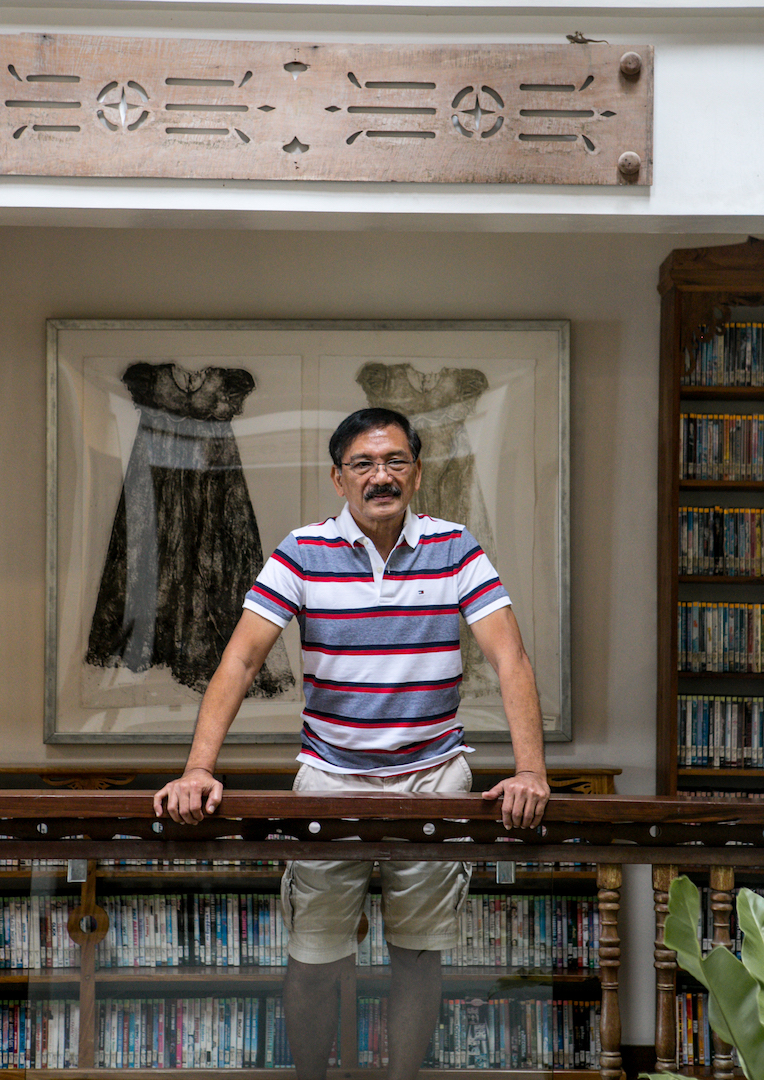
“Definitely there will be a shortage short-term because the airport will come in [but] the big hotels will not be ready until two or three years after,” he says. “Within 2019, 2020 there will be a shortage of rooms so that could be an issue. But it’s a good time to take stock of ourselves, where we are in terms of infrastructure and our readiness to take in these numbers.”
The airport and major developments are certainly milestones for Bohol, but for the Bohol Provincial Tourism Council, which is composed of key stakeholders and acts as the mouthpiece and conscience of the tourism industry, there’s an obvious need for introspection. “For me, it’s all about sustainability,” says Atty. Nunag, “because we don’t want to be overwhelmed with these numbers and be influenced by these arrivals. We have to learn the lessons of other destinations like Phuket where it’s almost like a Russian enclave.”
Tall order
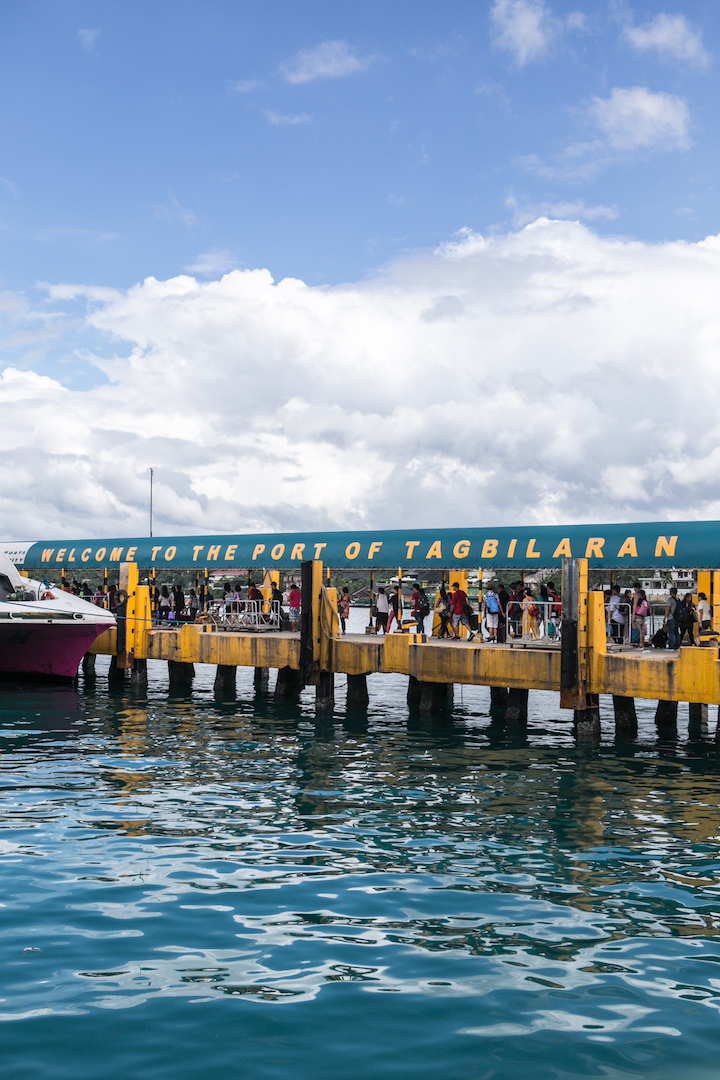
It’s a calculated risk, however, that should be seen through objective lens. Tagbilaran Port manager James Gantalao says that without any semblance of order and vision, it will be hard to combat the high stakes of rapid growth.
“We have to step up also because the airport will open and the standards are high. We have to have facilities that would meet the demands of these new tourists,” he says. These upgrades are more than just the cosmetic facelifts offered by the construction of a new passenger terminal building, the separation of cargo and passenger facilities, the installation of over 30 closed-circuit television cameras, and the creation of an ID system and standard fare matrix for tricycles coming in and out of the port.
“In Bohol, the mandate of the port authority is to have an export and import of goods within the area. But Bohol is very unique because 90 percent of the industry here is tourism,” says James Gantalao.
Soft upgrades are necessary too, says Galantao, in the form of training frontline services and security personnel with the Department of Tourism to change the overall approach in handling tourists. While proud of the progress under his leadership, Galantao, with his 21 years of experience with the Philippine Ports Authority (PPA), faces the bigger task of reconstructing the role of Bohol seaports. Currently, Tagbilaran Port and Tubigon Port accommodate up to 12,000 passengers a day, but it needs more than that to nurture profitable maritime movement.
“In Bohol, the mandate of the port authority is to have an export and import of goods within the area. But Bohol is very unique because 90 percent of the industry here is tourism.” Last year, domestic inbound passengers reached 1,255,523 with routes coming from Cebu, Cagayan de Oro, Dumaguete, Siquijor, and Plaridel. Foreign inbound passengers into Tagbilaran Port experienced a 126 percent spike, recording 1,007 arrivals.
“So lahat ng barkong papasok puno, ’yung lumalabas walang laman. Pasahero lang ang nandoon. Now we have to convert the cargos coming into [Bohol] into an economy that will sustain itself in consonance with tourism.”
Better ready than sorry
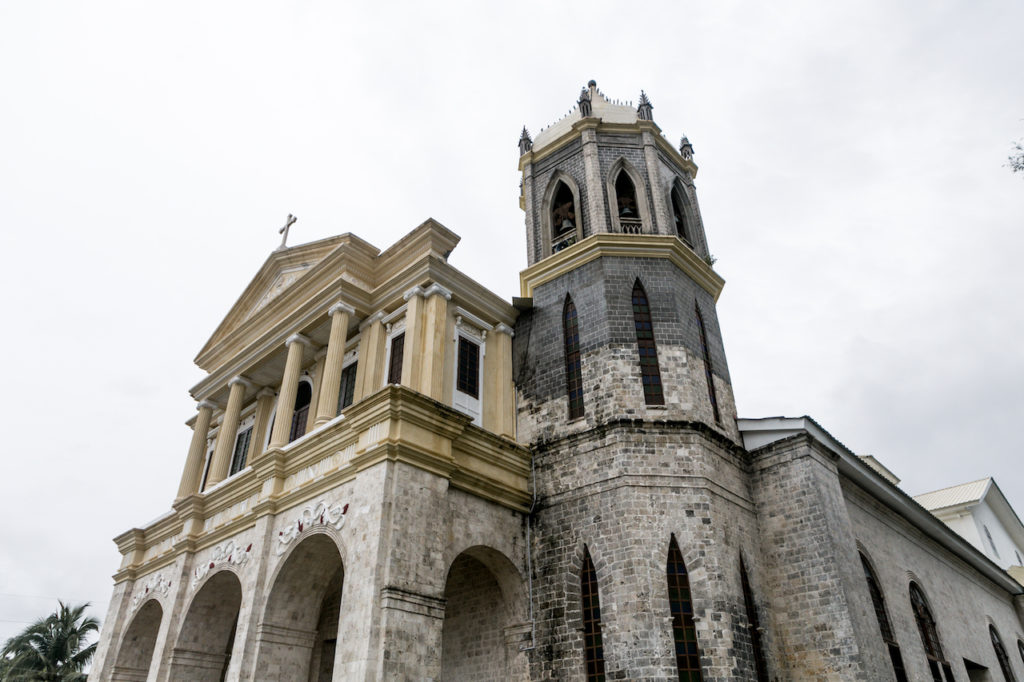
It’s not as if this situation is something Bohol isn’t prepared for. After all, this is a place of receptivity and alliance. Resilience is the defining characteristic of Bohol. Its narrative is tied to a historical identity that acknowledges natural disasters—like in the case of the 7.2 magnitude earthquake and Super Typhoon Yolanda in 2013—as a way of life that must be dealt with anyway. The successive twin attacks, especially in the wake of the super typhoon, showed how vulnerable Bohol is.
“We were indirectly affected because our power lines are connected to Leyte so when disaster struck, we were in blackout for three weeks,” says Atty. Nunag. “Those [resorts] who had no gensets had to close and pass them on to other resorts; or those who had gensets but very few guests [had to] turn [guests] over to other resorts because it was unprofitable.”
Right now, the province is part of a “hotel resilient initiative” project with the World Tourism Organization and Pacific Asia Travel Association, actively participating in crafting a manual for resorts in cases of disasters. New enterprises have also been rolled out in the wake of Super Typhoon Yolanda. The Bohol Energy Development Advisory Group with the assistance of the United States Agency for International Development was distinctly created to look for alternatives and study how to improve the power situation in Bohol with cost efficiency and environmental friendliness as the most important considerations stated Governor Edgardo Chatto, according to a report from The Bohol Chronicle.
“There are all sorts of options,” says Atty. Nunag, “from sustainable and renewable to coal. That’s the struggle now. Are we going with coal, which is cost-efficient but long-term has a big question mark, considering that Bohol bills itself as an eco-cultural destination? How green are you if you adopt coal as your main source of power?”
Natural wonders
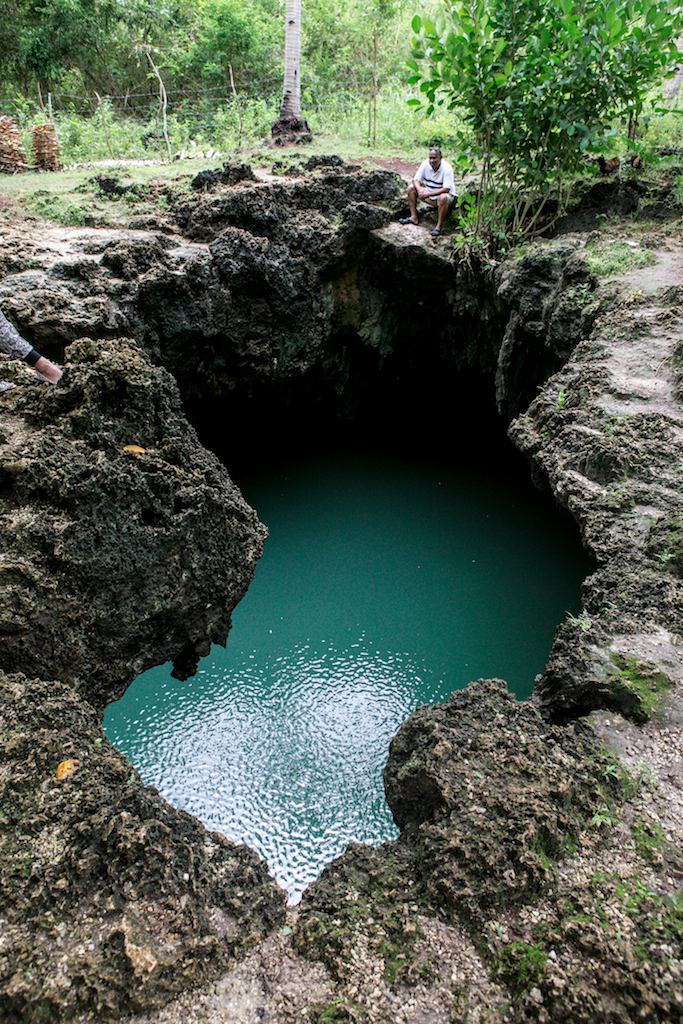
Bohol offers a refreshing diversity both in what the islands naturally provide and in what the locals are actually doing to protect their resources. In fact, Atty. Nunag’s own Amarela Resort celebrates Bohol’s storied arts and crafts heritage through the traditional design, lattice patterns, and baluster types, and urnas (triptychs) functioning as bold accents to the eco-friendly 32-room resort. In a little corner off the entryway, a vegetable and herb garden grows produce meant for the restaurant menu. A floor or two below the main resort overlooking the sea is a hidden gallery housing original Boholano art including visual and sculptural pieces from the late Hermogena “Nene” Borja-Lungay and Sherwin Tutor.
While the arts may not entirely transform Bohol’s tourism power, they could provide a boost to encourage artists to create and support the existing tourism model heavily concentrated on Panglao’s beaches, the Chocolate Hills and its adventure park, and the Loboc River’s floating restaurant and paddleboarding experiences. Similarly, Bohol has yet to fully capitalize on the potential of its untapped assets that would differentiate itself from its competition.
Two hours north of Tagbilaran lie the municipalities of Anda and Candijay, two towns no less auspicious than their more famous southern equivalents. These are locations emerging on their own to allow themselves to be heard and seen and step out of Panglao’s shadow. “Magaganda talaga at hindi gaano ka-crowded kung i-compare natin sa Panglao,” echoes tourism officer Jude Lungay. Excursions to the area’s geographical gifts are relatively picking up, thanks to television exposure from Drew Arellano’s hit travel show “Biyahe ni Drew.” But the quality of experience is just as great. Dive into the 16-foot Cabagnow Cave Pool and access the inner chambers of Combento Cave in Anda or confront the power of Can-umantad Falls, the tallest in Bohol at 60 feet, and cross the emerald rice terraces in Barangay Cadapdapan.
“We want to preserve the charm of the province and the culture. If you lose that, what do you offer that’s different from other destinations?” says Atty. Nunag about some of the biggest challenges they are facing with Bohol’s future.
But the biggest draws, according to Atty. Nunag, are the unexpected and secluded sites borne out of catastrophe. “Because of the earthquake, there was an uplift of land. What used to be sea became land. Hectares of shoreline went up mainly in Maribojoc and Loon.” There is even an undeveloped instant lake, 40 hectares wide, created by the earthquake that can be converted into an attraction. Cruise ships, says Galantao, could also provide another customer base as soon as the port in Catagbacan’s coast specifically meant to accommodate large 200-meter ships is completed.
Ultimately, Bohol is bracing for more than just an influx of travelers. An important part of its smooth transition into a game-changing destination is swapping a mentality where a stronger kinship with nature remains the ideal in spite of the province’s inescapable evolution into somewhere between an idyllic resort island and a bustling metropolis.
“We want to preserve the charm of the province and the culture. If you lose that, what do you offer that’s different from other destinations?” says Atty. Nunag about some of the biggest challenges they are facing with Bohol’s future.
Being on the brink of enormous growth can get complicated, but Bohol is at the point where it realizes that potential needs to be grasped. It only needed an illuminating factor—in this case, the new Bohol Airport—to bring it to light.
Originally published in F&B Report Vol. 15 No. 2










































